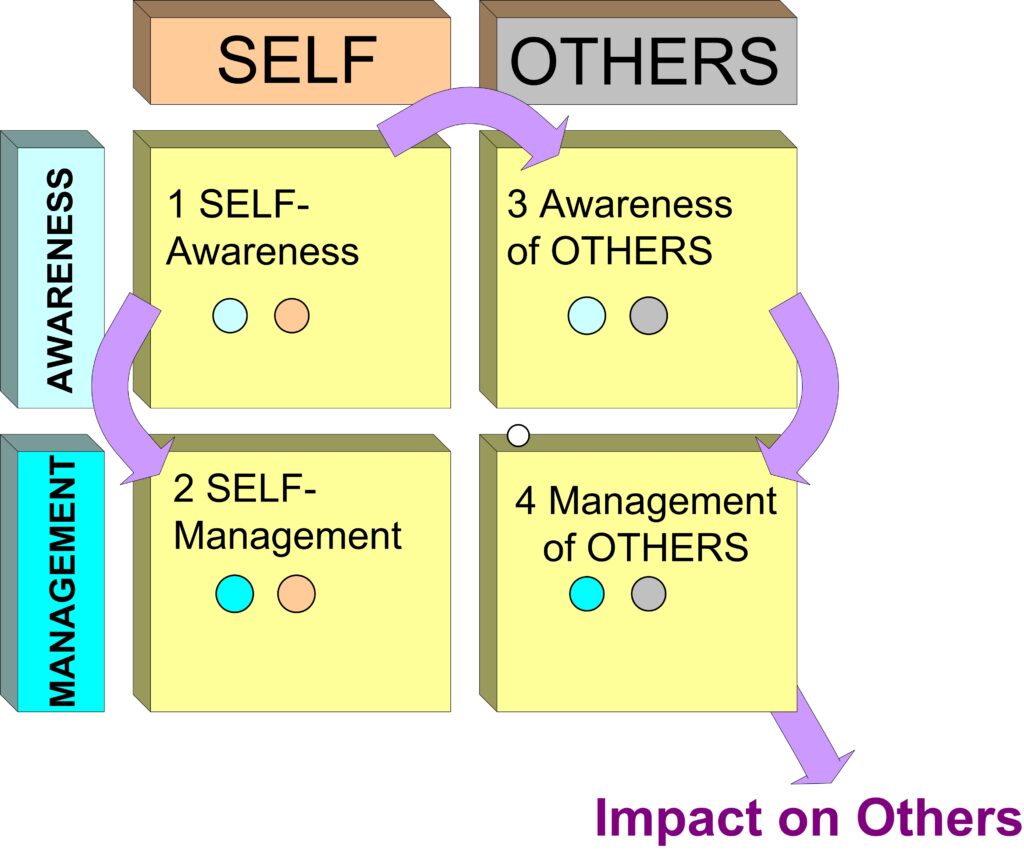Manage Self and Others Smarter
How to Engage with your staff, gain trust and, help them develop
The next video #2 (and nine more; almost 2 hours in total) can be found here on YouTube
| Video # | Time/ mm:ss | Subjects covered |
|---|---|---|
| 2 | 8:30 | Stop dissatisfaction in people by preventing over-managing and under-managing from now on |
| 3 | 8:46 | Get the number of allocated projects right; engaging to get the best from others; acknowledgement; linguistic tricks! |
| 4 | 8:21 | Key setting/agreeing boundaries; communicate early when issues arise & prevent chaos; carrots & sticks for double motivation! |
| 5 | 12:21 | Trust Building; Leadership Traits; Gap-managing your own traits; The Trust Factor traits that are essential, or crisis results |
| 6 | 7:54 | Reliability/Consistency vs flexibility explained; Action cycles and fire-fighting and how to be more strategic at work |
| 7 | 12:23 | Leveraging the 1-2-1 with staff: motivating, checking your effectiveness, mindsets for difficult-behaviors, using ‘I’, ‘We’, & ‘You’ |
| 8 | 14:16 | Mindsets for different required solutions; four types of meetings fit for purpose and more efficient |
| 9 | 10:52 | Leveraging Emotional Intelligence and speedy EI improvement without having to just grow old! |
| 10 | 11:57 | Beating conflicts: Second positioning and the 51% Rule |
| 11 | 13:51 | Managing stress (self & others); Persistent stress syndrome and how to break it; self-inquiry and self-inventory. |
We will send you a new link but not more than six each year. Your details are safe. Posts include 'Human at Work' tricks and tips.



